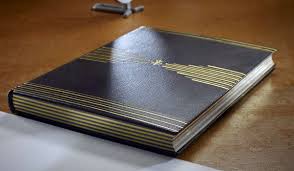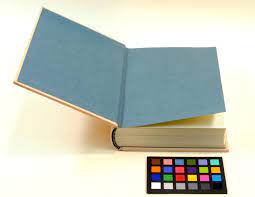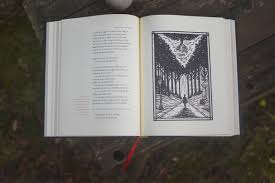
Handmade book binding celebrates craftsmanship
Handmade book binding celebrates craftsmanship by combining skill, creativity, and tradition into every piece. Unlike mass-produced books, handmade bindings offer a unique, personalized touch that machines simply cannot replicate. As artisans carefully select materials and stitch pages together, they honor centuries-old techniques while creating beautiful, lasting works of art. This process not only preserves the physical book but also elevates it to a treasured keepsake. Therefore, handmade book binding remains a vital craft in today’s digital age.

The History Behind Handmade Book Binding
To understand why handmade book binding celebrates craftsmanship, we must first look at its rich history. For centuries, artisans meticulously crafted books by hand, often spending weeks or months on a single volume. They employed techniques such as sewing signatures, reinforcing spines with cords, and covering books with leather or decorative papers. Each step required patience and precision. Over time, the craft evolved but retained its emphasis on quality and artistry. This historical context highlights why handmade binding continues to captivate collectors and bibliophiles alike.
Materials Make a Difference in Handmade Book Binding
In handmade book binding, selecting the right materials significantly impacts the final product’s durability and beauty. Artisans often choose archival-quality paper, strong linen threads, and genuine leather or fabric for covers. These materials not only enhance the book’s aesthetic but also ensure it withstands the test of time. Additionally, using eco-friendly or sustainably sourced materials has become increasingly popular among craftsmen. Consequently, this careful selection process further exemplifies how handmade book binding celebrates craftsmanship by prioritizing both form and function.
Techniques That Showcase Skill and Precision
The techniques involved in handmade book binding demonstrate the artisan’s skill and attention to detail. For example, sewing the signatures with a kettle stitch ensures flexibility and strength. Next, applying glue to the spine and attaching the cover requires steady hands and a trained eye. Finally, decorative touches like embossing or marbling add character and charm. Each of these steps demands practice and dedication. Therefore, the mastery of such techniques reinforces why book binding remains a revered craft.
Why Handmade Books Are Treasured Today
In today’s fast-paced, digital world, handmade books offer a tangible connection to art and history. Readers and collectors appreciate the tactile experience of turning thick, well-bound pages and admiring the cover’s craftsmanship. Moreover, book binding celebrates craftsmanship by offering customization options, such as personalized covers or unique paper choices. These features make handmade books ideal gifts or heirlooms. Ultimately, they represent a meaningful alternative to mass-produced, disposable products.
Supporting Artisans and Preserving Tradition
By choosing book binding, consumers actively support artisans who dedicate their lives to preserving this craft. Purchasing handmade books helps keep these skills alive and encourages the continuation of traditional methods. Furthermore, artisans often pass down their knowledge through apprenticeships, workshops, and demonstrations. This exchange ensures that future generations appreciate and practice the art of handmade binding. As a result, the craft remains vibrant and relevant, continuing to celebrate craftsmanship in every stitch.





